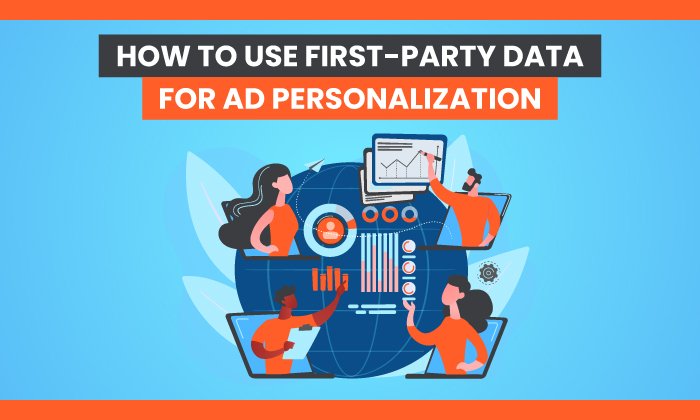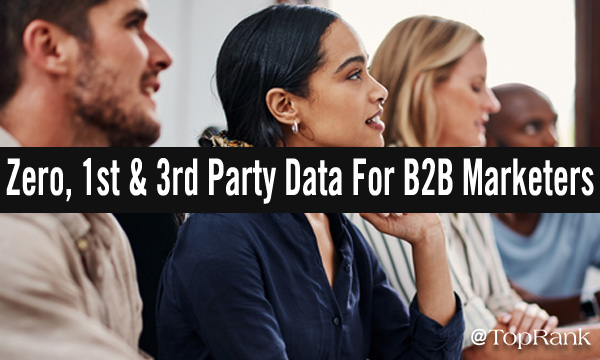Marketers find first-party strategies easier said than done
Despite rhetoric from advertisers about investing in first-party data as privacy laws erode traditional means of targeting — the reality is much more difficult, according to a recent survey on programmatic attitudes.
“Whilst 2021 showed first-party data was the priority for advertisers, agencies, and publishers in 2021, this is now ranked third behind second-party data (the most popular priority averaging 57% with agencies leading at 60%) and third-party at 49%,” reads the report from IAB Europe.
Gaps between promise and performance
Daniel Knapp, chief economist at IAB Europe, noted how the collection and activation of first-party data is a multidisciplinary effort that may help marketing departments achieve their KPIs but can set alarm bells ringing from legal teams, and finance controllers.
“There is a gap between the theoretical value of first-party data and its practical availability,” he wrote in an emailed statement. “If data is available in principle, it is hardly available in readily refined and useable form.
“The financial cost of getting a robust data corpus, complexity of vendors and tools, and not least the required perseverance and grit to overcome cultural obstacles within the organisation [sic] may sometimes dampen marketer enthusiasm.”
Kevin Bauer, data and identity lead at Prohaska Consulting, echoed Knapp’s thoughts, pointing out how first-party data comes with a premium, especially compared to earlier years when third-party data was readily available and widely used.
Simply put, the infrastructure costs involved in the shift from data management platforms to using customer data platforms and data clean rooms all adds up. “This shows that brands are focused on understanding but not necessarily activating (at least off-network) first-party data. I think this shows that first-party data may be being used less as a targeting element, but that is potentially different than growing its use in insights, personalization, and retention. Given that budgets tend to favor acquisition, this shift starts to make sense,” he added.
Scale is a challenge
Meanwhile, in the U.S., the IAB’s State of Data report observed that while marketers there are “collecting a wide range of first-party data and enhancing it with third-party data” doing so at scale is a challenge.
One source, who works inside the media department of a global gaming company explained some of the dynamics at play to Digiday. “I’ve got first-hand experience of just being in rooms with many big brands, who don’t have data at the core of their business and just struggling to figure out how do we scale efforts by their assets,” said the source, who declined to be named as they weren’t cleared to speak with press.
“You need to make sure you have the data privacy regulation, governance, and compliance framework within your organization to handle process and use that data. So before me and you even get excited about taking a data segment pushing into the demand side platform to be bought. There’s so much more work that needs to be done to get to that point.”







